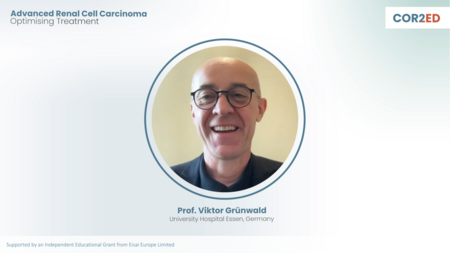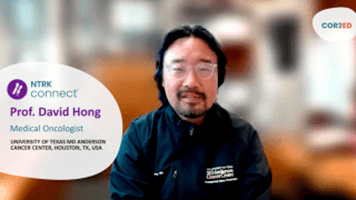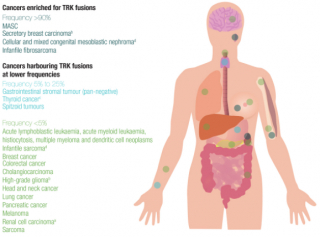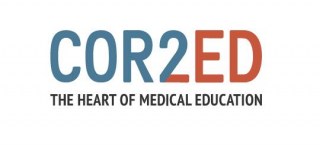
Key Publication Snapshot – Detection of NTRK 1/3 rearrangements in Papillary Thyroid Carcinoma
Key Publication Snapshot – Detection of NTRK 1/3 rearrangements in Papillary Thyroid Carcinoma
Prof. Fernando López-Ríos
Detection of NTRK 1/3 rearrangements in Papillary Thyroid Carcinoma using immunohistochemistry, fluorescent in situ hybridisation and next-generation sequencing are discussed. Prof Fernando López-Ríos (NTRK CONNECT) has developed this resource with COR2ED. Watch the video and download the one-page infographic for more detailed information.
Prof. Fernando López-Ríos
Pathologist
Hospital Universitario HM Sanchnarro Universidad CEU San Pablo
Spain
Prof. Fernando López-Ríos has received financial support/sponsorship for research support, consultation, or speaker fees from the following companies:
|
5 min
|
May 2021
This programme was made for you: your opinion matters
Share your feedback in just 4 clicks and help us to continue to create the content you need.
I agree that this educational programme:
Was valuable to me:
1/4
Has improved my knowledge of this topic:
2/4
Is likely to change my clinical practice:
3/4
Was balanced and unbiased:
4/4
download resources
This programme was made for you: your opinion matters
Share your feedback in just 4 clicks and help us to continue to create the content you need.
I agree that this educational programme:
Was valuable to me:
1/4
Has improved my knowledge of this topic:
2/4
Is likely to change my clinical practice:
3/4
Was balanced and unbiased:
4/4
My name is Fernando López-Ríos. I am a pathologist based in Madrid, Spain. I am very happy to be here today on behalf of NTRK CONNECT to talk about our first Snapshot.
So I’m going to be talking about a paper which was published by a group of Taiwanese researchers. The lead author is Lee, and it was released last year in Endocrine Pathology.
So what they did was to look for NTRK fusions in a cohort of papillary thyroid carcinomas.
They propose an interesting algorithm that you can review in the infographic. Essentially what they did was try to use genomic information and focus on BRAF wild type in papillary thyroid carcinomas. But also they looked for histological features that could help us pathologists to try to enrich the likelihood of finding an NTRK fusion positive papillary thyroid carcinoma.
I personally think that clear cell changes might be very helpful when we’re looking at these cases, and what is really great is that in the end they were able to find more than 2% of NTRK fusion positive papillary thyroid carcinomas.
From the testing point of view I think it’s also very important to remember that when we are using immunohistochemistry for screening purposes we are going to have less sensitivity in ETV6-NTRK3 fusions.
So that’s really, really important to keep in mind because we now know that many of these fusions show a nuclear staining, and sometimes due to heterogeneity or pre-analytical issues we don’t see a very strong nuclear staining in some of these cases.
I hope you find this useful. Thank you very much.
This programme is supported by an Independent Educational Grant from Bayer
PRECISION ONCOLOGY CONNECT is an initiative of COR2ED, supported by an Independent Educational Grant from Bayer.
























